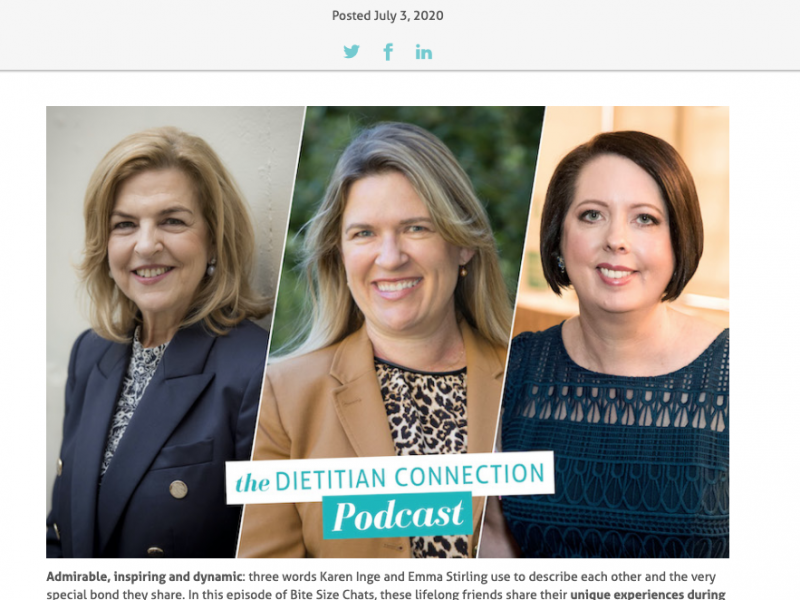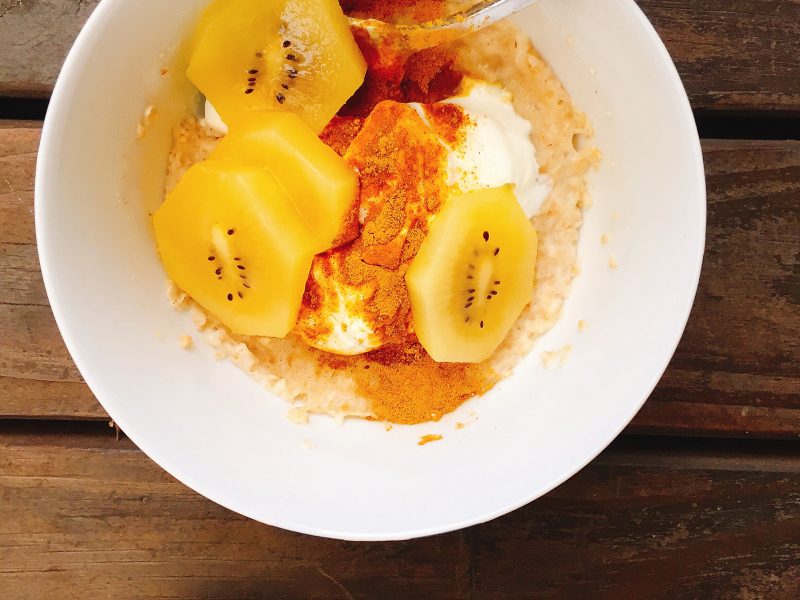How many treats is it ok to eat? And what counts as a treat? Despite recommendations to limit extra foods like chocolate, chips and fast food, the fact is surveys show we eat 35% of our total daily kilojoules as these ‘discretionary foods’ (including 13% as alcoholic drinks). So a recent seminar in Sydney on this very topic caught my attention and we asked dietitian Nicole Senior to bring us the Scoop.
About our expert: Nicole Senior is an Accredited Practising Dietitian and Nutritionist, writer, speaker and consultant with 20 years experience. She provides nutrition expertise to a range of food, communication, media and NGO clients including the Sugar Research Advisory Service (SRAS) of the Australian Sugar Alliance whose Nutrition Team hosted this symposium. She is author of four books: Eat to Beat Cholesterol, Food Myths, Belly Busting for Blokes and Heart Food and a regular nutrition commentator in the mainstream and social media. Connect with her on Twitter, Facebook or Instagram.
Before we get into the very interesting presenters on the day, including Yvonne Brennan from consumer research company The Inspiration Room and Dr Flavia Fayet PhD from Nutrition Research Australia, let me take you through a little background:

What are discretionary foods?
‘Discretionary foods’ (DFs) is the ungainly term used in our recently updated Dietary Guidelines, Eat for Health to describe foods and drinks to consume “only sometimes and in small amounts”. They are defined as “foods and drinks not necessary to provide nutrients the body needs but may add variety” (Eat for Health Educator’s Guide pp. 54). They are often high in saturated fats, sugars, alcohol and energy (kilojoule) density. Examples include cakes, biscuits, pies, butter, cream, potato chips, pizza, confectionary, soft drinks and alcohol. The serve size is described as the amount providing 600 kilojoules, however most DF portions are much larger.
Tasty discretionary treats
At the symposium two dietetic students, Anna Debenham & Alexandra Parker from The Biting Truth blog helped bring this to life with an afternoon tea display. Items included bliss balls and brownies from their ‘Treat Tuesday’ recipe collection with serve sizes trimmed to 600kJ to demonstrate the petite proportions of a discretionary food (DF) serve.

“When we tell people we’re studying dietetics they expect us to eat perfectly all the time but we believe there’s a place for treats in a healthy diet, provided the amount and frequency are monitored and right for the individual,” they said. “As soon as you deny yourself something you love, you’re likely to want it even more. So finding a system for including and tracking treats is important to allow people to enjoy food and still meet healthy eating goals,” said Anna and Alex.
Yvonne’s presentation, “Fun, forbidden or fabulous” emphasised the often paradoxical notions we hold about treat foods. They make us happy, but guilty. We constantly balance foods we eat on a scale of: good or bad; reward or retribution; and nice or naughty. Indulgent foods are highly emotional. Her insights suggest the need to provide clear and simple messages, targeted specifically for different groups. Consumers relate well to the idea of achieving balance within a broader diet context.
So how many should we eat?
Dr Flavia Fayet spoke on her work determining how many discretionary serves of food we can eat within the Australian Dietary Guidelines, based on the modelling underpinning the Guidelines. And the answer is: it depends! If your energy requirements allow it, you can choose to “spend” extra kilojoules (on top of the foundation diet) on additional serves of food: either extra serves of the core food groups; spreads and oils; or Discretionary Foods. Discretionary serves can range from 0 to 3 a day depending on your energy needs.
 Introducing a new ready reckoner tool
Introducing a new ready reckoner tool
In response to this need for guidance a ready-reckoner tool has been developed for health professionals to recommend additional serves of food, including discretionary foods, to the foundation diet based on gender, age, height and physical activity. There is one for adults, and one for children and teens, plus a guide for dietitians and a very handy consumer brochure all available from the Sugar Research Advisory Service.
Editor’s comment Thanks Nicole for your recap of the symposium. And a big hi Anna and Alex! I think this ready reckoner is one step closer to a more precise tool to help people balance kilojoule intake and strike a healthy balance with treats or discretionary foods. As our lovely readers know, I’m so into my technology and hoping that solutions will come from Apple watches and the like too. Finding a way to help people ditch the guilt, balance a healthy weight and strike a happy relationship with food is a fantastic goal!
Disclosure: Nicole Senior is a member of the Sugar Research Advisory Service (SRAS) for which she is paid on a fee-for-service basis to provide professional, independent advice on education for health professionals about the science of sugar and health.



